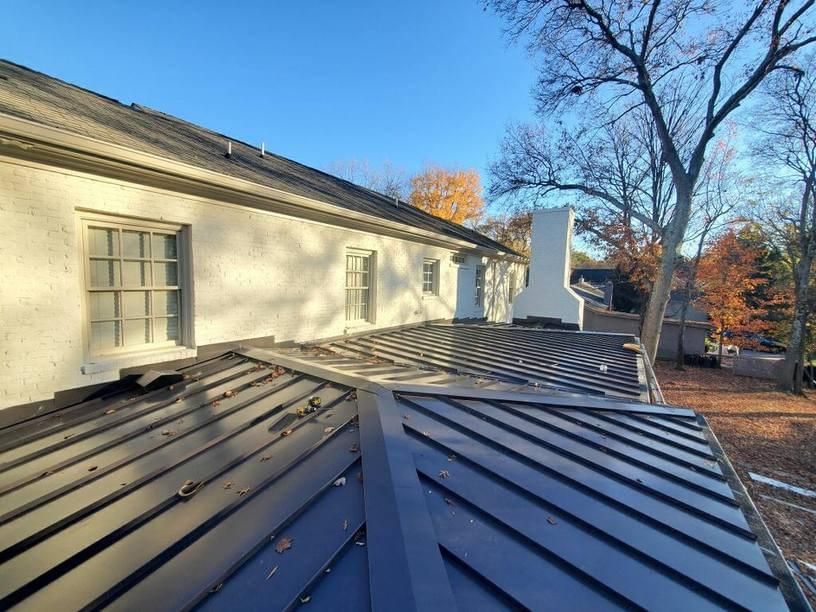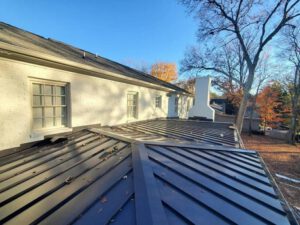An Introduction to Residential Roofing

Despite its name, Residential Roofing is much more than just shingles. It has many components that all work together to keep moisture out, keep energy bills down, and keep the house looking nice. Visit Website for an introduction to residential roofing and the parts that make it all work. In addition to shingles, residential roofing includes the following components:

Asphalt shingles: These roofing materials have been used for decades and are still one of the most popular. Asphalt shingles typically last for 20 years or more on the average home. They are great for homes in mild climates but may not stand up well to harsh weather. You’ll need to consult a roofing expert before choosing this material. Asphalt shingles: This type of roofing material is widely available and is among the easiest to install.
Residential Roofing: Among the most important structural elements of a home, the roof provides the majority of the insulation, which keeps a home cool in winter and warm in summer. A properly installed, maintained roof prevents damage to other elements of the home, including walls, siding, insulation, and the foundation. Roofing contractors are trained to install and maintain residential roofs, so you can feel safe in your home no matter what the weather.
The right residential roofing material can enhance the appearance of your home and add value. Proper framing and installation will increase the value of your property. The material you choose will also affect its lifespan, and the color of your roof should match your home’s exterior. You should also consider the warranty terms and extension options when choosing a roof. If you’re unsure of what you want, contact a professional roofing today. Your roof will thank you.
While most types of residential roofing are low-maintenance, homeowners should still inspect it regularly. It’s easy to overlook damage if you have a yearly maintenance schedule. A good residential roof should last at least 15 years. Depending on the type of roofing material used, you should also know how to properly care for it. If you want your roof to last for many years, you should consider an asphalt roof. It’s an affordable, durable option.
Residential roofing differs significantly from commercial roofing in many ways. Commercial roofs are typically entirely flat and low-sloped. Compared to residential roofs, commercial roofs require more routine maintenance than residential ones. Commercial roofing systems have more areas to cover and must be designed to withstand the weight of equipment and snow. Residential homes are typically smaller in square footage, but the same structural considerations apply. Residential roofing contractors are highly knowledgeable in all types of residential roofs.
Before hiring a residential roofing contractor, it is important to know the different types of roofing materials available and how they affect the performance of the roof. A knowledgeable residential roofer can offer you recommendations based on their experience and expertise. You can also visit a contractor’s office or previous projects. These will help you choose the best roofing contractor for your home. The right contractor can ensure your roof lasts for years. Just remember to do your homework and choose the best one.
Residential roofs can differ considerably in their cost. Some types are more affordable than others, but be sure to consult with a professional to determine which one is best for you. If you don’t want to spend much money, consider hiring a roofing contractor who is experienced in residential roofing. They will have a vast knowledge of the different types of roofing materials available and give you the best advice. The right roofer can also advise you on the best roofing materials to use.
Roofing materials vary in cost and durability. Asphalt or cedar shingles will last between 15 and 20 years. Metal and slate roofs, on the other hand, can last 50 years. While more durable roofs require more maintenance, they are usually cheaper to install. In addition, leaks aren’t necessarily indicative of a full replacement. In some cases, it is simply a matter of fixing the flashing. If you notice any signs of leakage, the simplest solution is to repair the underlying problem.
